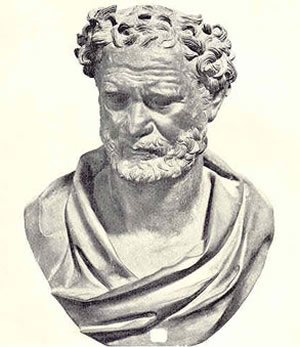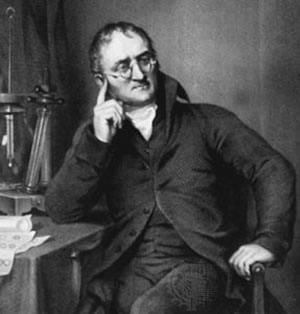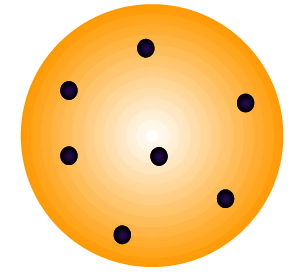Democritus argued that there are various basic elements which always existed but can be rearranged into many different forms and that all matter is made up of small indivisible particles called atoms.

John Dalton supported the theory of Democritus that all matter was made of small indivisible particles called atoms, but unlike Democritus, Dalton supported his theory with evidence.
In 1805 Dalton proposed the following:
- All matter consists of indivisible particles;
- Atoms of a particular element have an identical mass and chemical properties;
- Atoms can not be created or destroyed during chemical reactions;
- Compounds are the result of the combination of two or more elements whose proportion is fixed;
- Atoms combine in simple numerical ratios.


